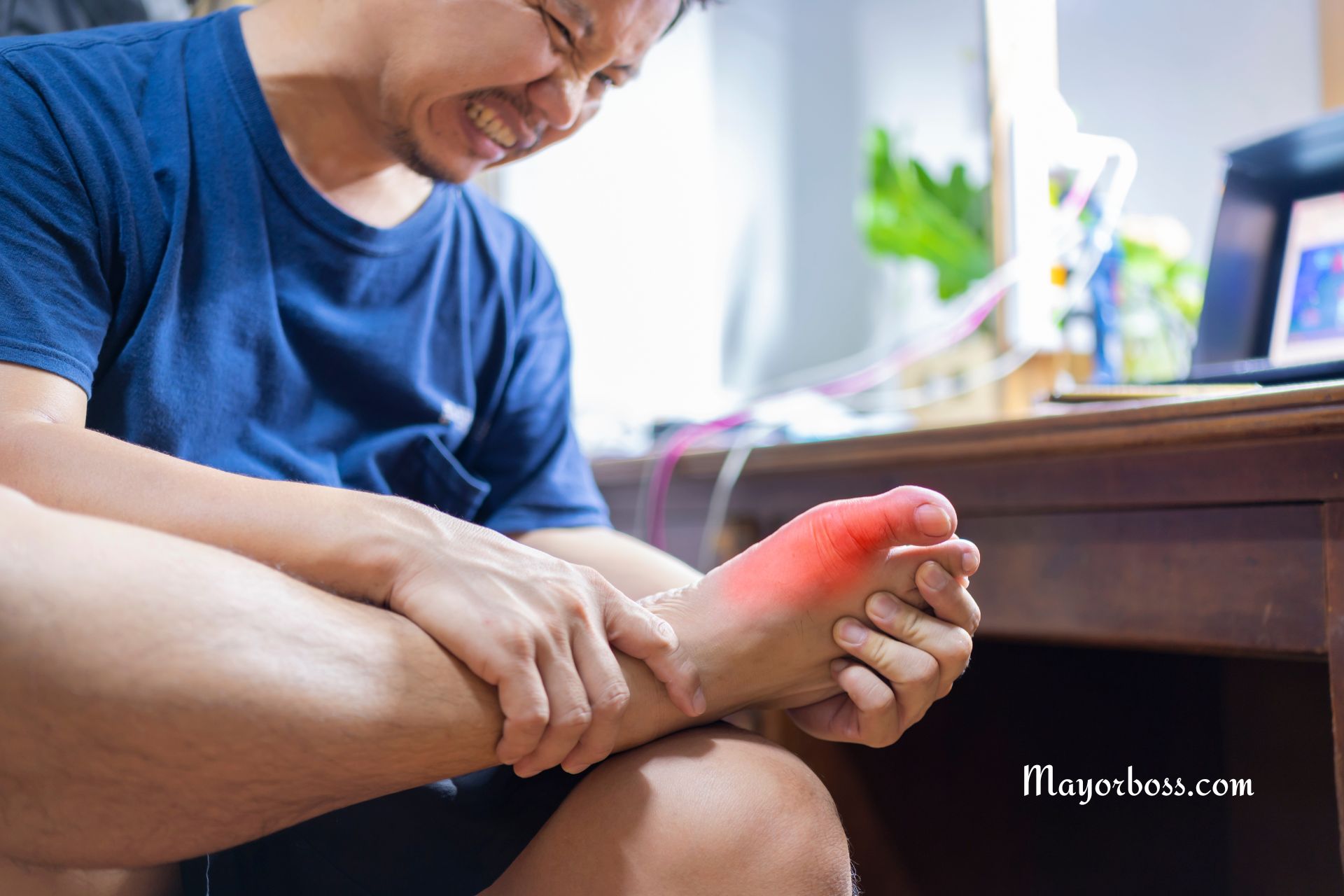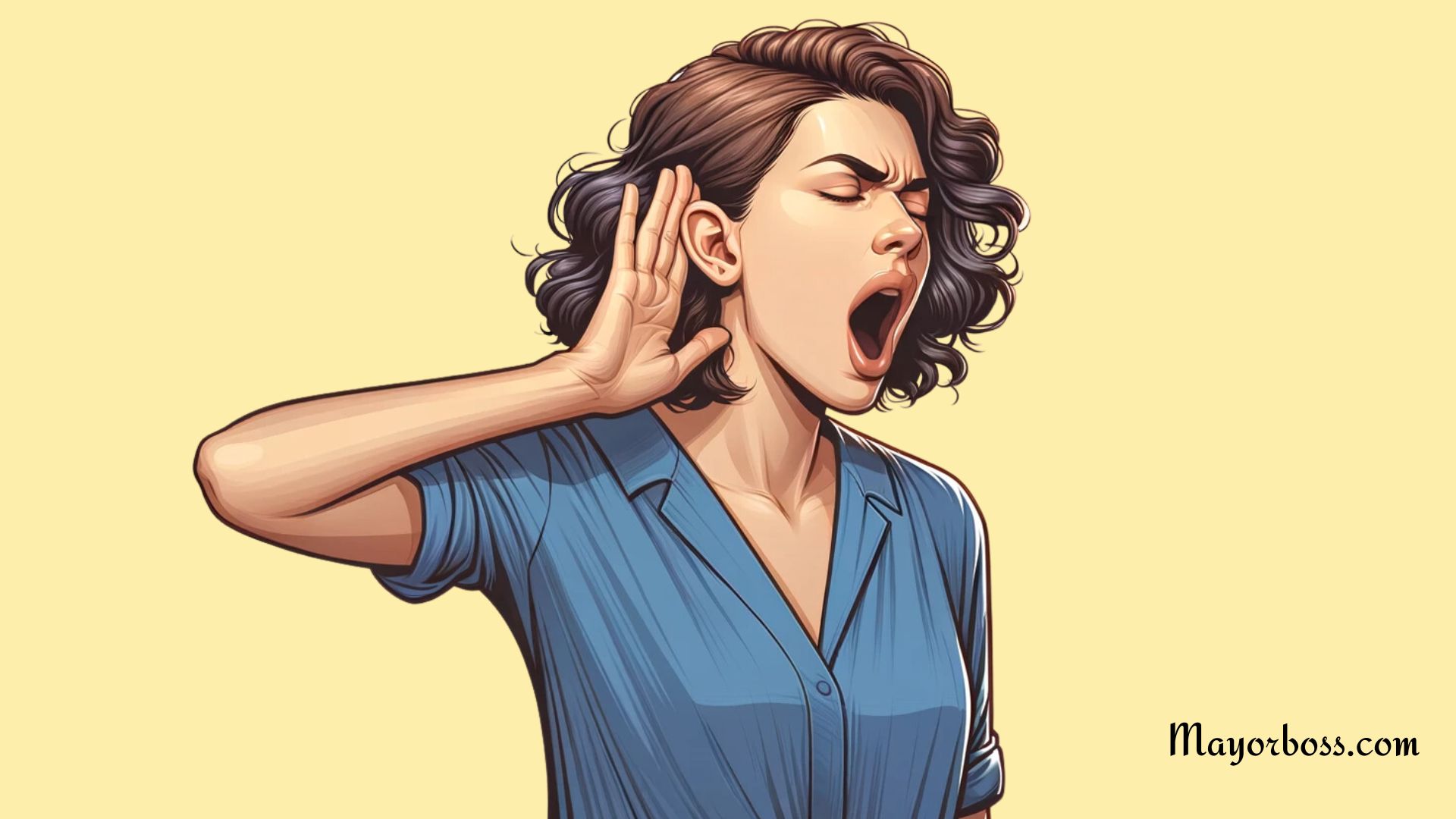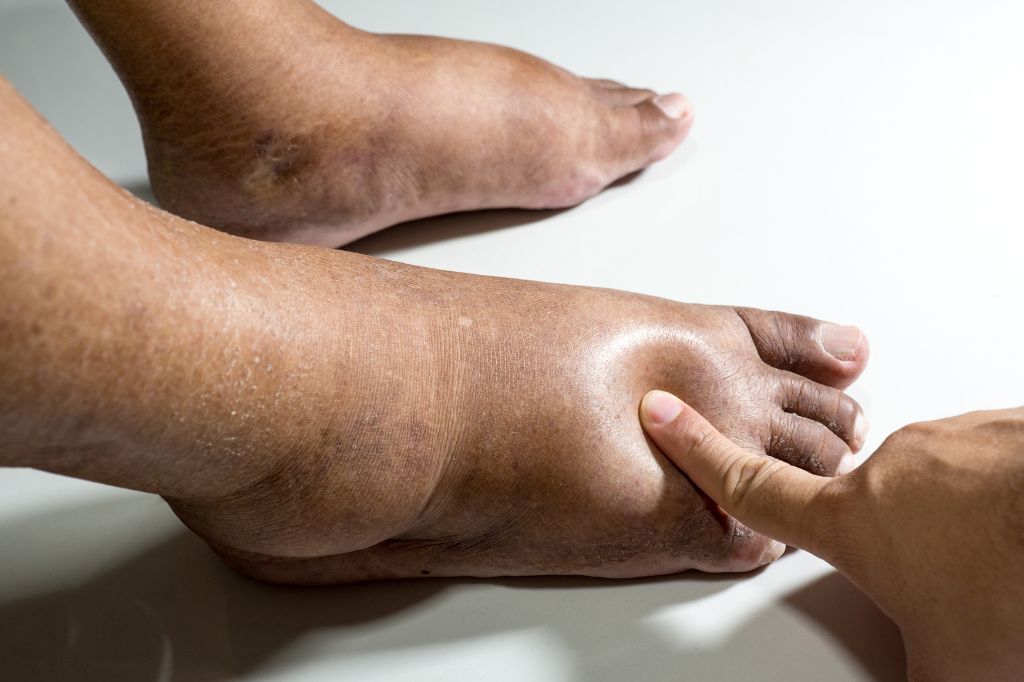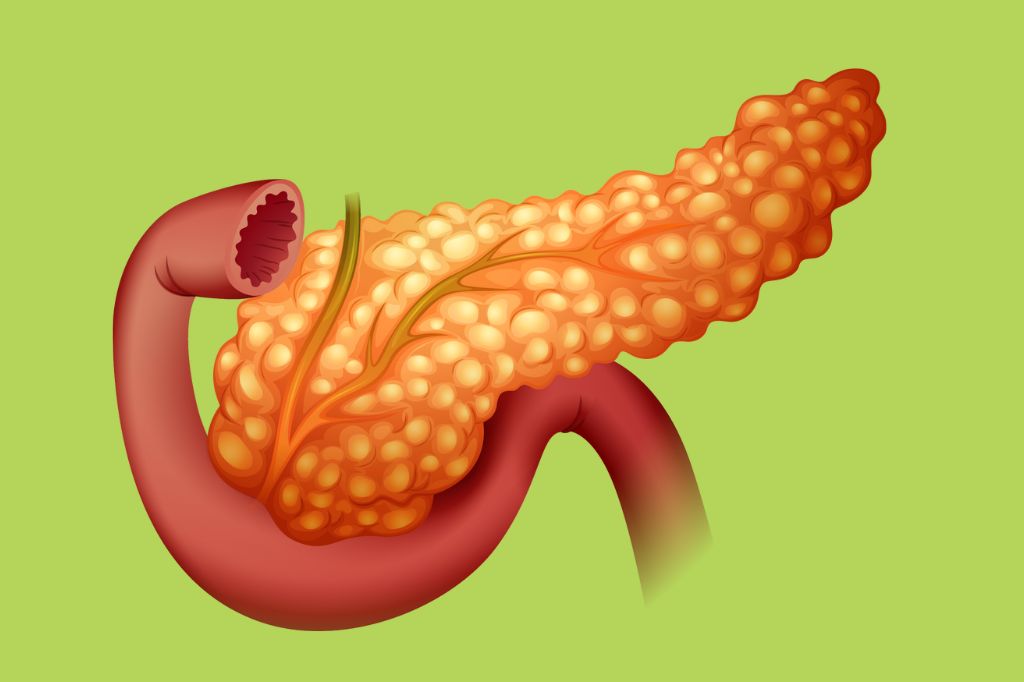Don’t Ignore Big Toe Pain: Causes, Symptoms, and Treatment
Your big toe plays a surprisingly large role in your ability to walk, run, and maintain balance. So, when you develop pain in this crucial joint, it can have a major impact on your daily life. Unfortunately, many people try to brush off big toe pain, assuming it’ll go away on its own. This could be a big mistake. In some cases, ongoing big toe pain indicates a serious underlying condition that needs medical attention.
Let’s take a deep dive into why you shouldn’t ignore big toe pain, exploring the potential causes, symptoms to watch for, and available treatment options.

Potential Causes of Big Toe Pain
Your big toe is made up of bones, ligaments, tendons, and cartilage, and problems affecting any of these parts can lead to discomfort. Here are some of the most common culprits behind big toe pain:
- Gout: This inflammatory type of arthritis occurs when uric acid builds up in the body, often leading to sudden, severe pain in the big toe joint. Gout attacks may be accompanied by redness, swelling, and warmth at the affected joint.
- Hallux Rigidus: Also referred to as stiff big toe, hallux rigidus is a type of degenerative arthritis affecting the joint where your big toe connects to your foot. Stiffness, pain, and limited range of motion in the big toe are hallmark signs of this condition.
- Bunions: A bunion is a bony bump at the base of your big toe. When your big toe is forced inward, it can create pressure, leading to pain and inflammation.
- Turf Toe: Commonly affecting athletes, turf toe refers to a sprain of the ligaments around the big toe joint. The injury often happens when the big toe is forcibly bent upward – think of pushing off the ground while sprinting.
- Sesamoiditis: Your sesamoids are two small bones underneath the base of your big toe. Inflammation of the tendons surrounding these bones is known as sesamoiditis and can cause significant pain.
- Injury or Trauma: Stubbing your toe, dropping something heavy on it, or experiencing another form of sudden trauma can cause fractures, dislocations, or soft tissue injuries – all of which can result in pain.
- Infection: Infections of the skin surrounding the toe or deeper inside the joint can lead to pain, swelling, redness, and in some cases warmth and fever.
Symptoms Associated with Big Toe Pain
While pain is the most obvious symptom of a problem with your big toe, it’s often accompanied by additional signs, such as:
- Stiffness: Difficulty bending your big toe.
- Swelling and Redness: Noticeable swelling within the toe or around the joint, sometimes with redness of the skin.
- Warmth: The affected toe and surrounding area may feel warm to the touch.
- Changes in Appearance: Development of a bump at the base of the big toe (bunion), or changes in the big toe’s alignment.
When to See a Doctor
If you experience mild and occasional big toe pain, resting and applying ice may provide some relief. However, there are specific instances when you should seek prompt medical attention:
- Severe pain or pain that doesn’t improve
- Inability to put weight on your foot
- Suspected fracture or dislocation
- Signs of infection (fever, redness, warmth, increasing swelling).
Diagnosis
A doctor or podiatrist (foot specialist) will ask about your symptoms and medical history, followed by a physical exam of your toe and foot. To pinpoint the cause of your pain, they might recommend:
- Imaging tests: X-rays, MRI, or CT scans to get a closer look at your toe’s structures.
- Blood tests: Checking for signs of gout or infection.
How is Big Toe Pain Treated?
The treatment for big toe pain will depend on what’s causing the discomfort. Your doctor may recommend a combination of the following:
- Rest, Ice, Compression, and Elevation (RICE): This classic first-aid approach is often effective for reducing inflammation and pain.
- Medications: Over-the-counter pain relievers like ibuprofen or naproxen can help. For more severe pain or inflammation, your doctor might prescribe stronger medication or corticosteroid injections for pain management and inflammation reduction.
- Physical therapy: Exercises and stretches can strengthen muscles, improve joint flexibility, and ease pain.
- Orthotic devices: Custom-made shoe inserts can redistribute pressure and reduce stress on your big toe joint.
- Splints or braces: These devices can keep the toe stable and minimize movement, allowing injuries to heal.
- Changes in Footwear: Opt for supportive, comfortable shoes with a wide toe box to minimize pressure.
- Surgery: For severe cases of arthritis, bunions, injuries, or when conservative treatments fail, surgery might be recommended to repair or replace the damaged joint.
Frequently Asked Questions (FAQs)
1. When should I see a doctor for big toe pain?
If the pain is severe, doesn’t improve with rest and home treatment, or is accompanied by significant swelling, redness, warmth, or the inability to walk, seek medical advice.
2. Can I prevent big toe pain?
While not always preventable, you can reduce your risk by:
- Maintaining a healthy weight
- Wearing properly fitted shoes
- Warming up before exercise
- Avoiding activities that cause repetitive stress to your toes
3. Can big toe pain spread to other toes or parts of the foot?
Yes, untreated conditions like arthritis or bunions can cause misalignment of toes, leading to pain in other areas of the foot.
Don’t underestimate the importance of your big toe! Seek professional advice if you’re experiencing unexplained, persistent, or severe big toe pain.






